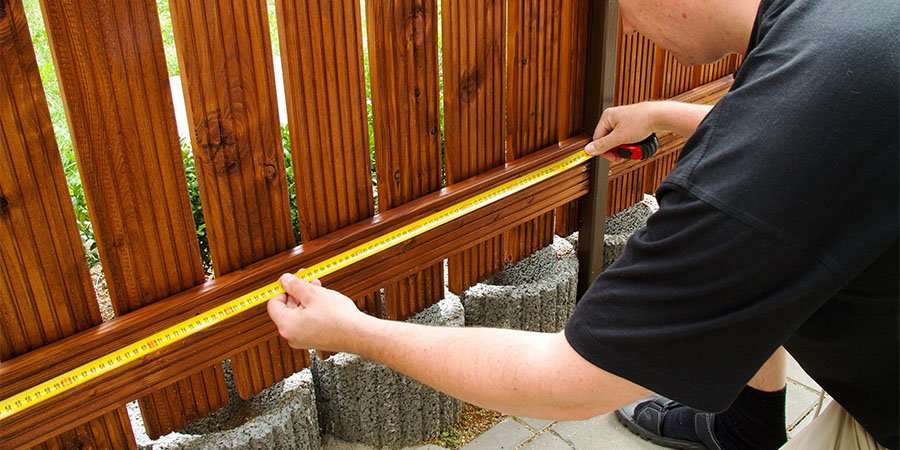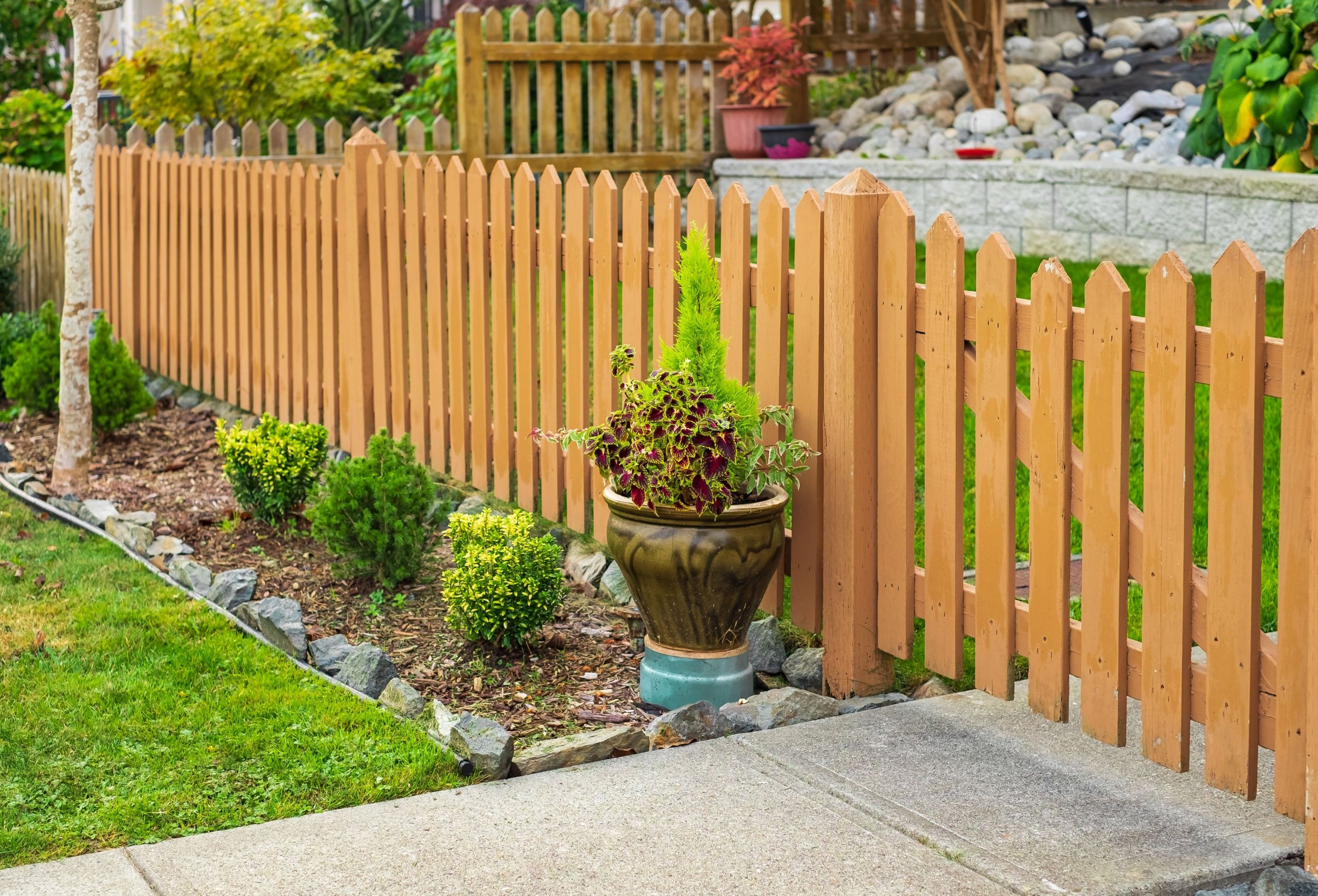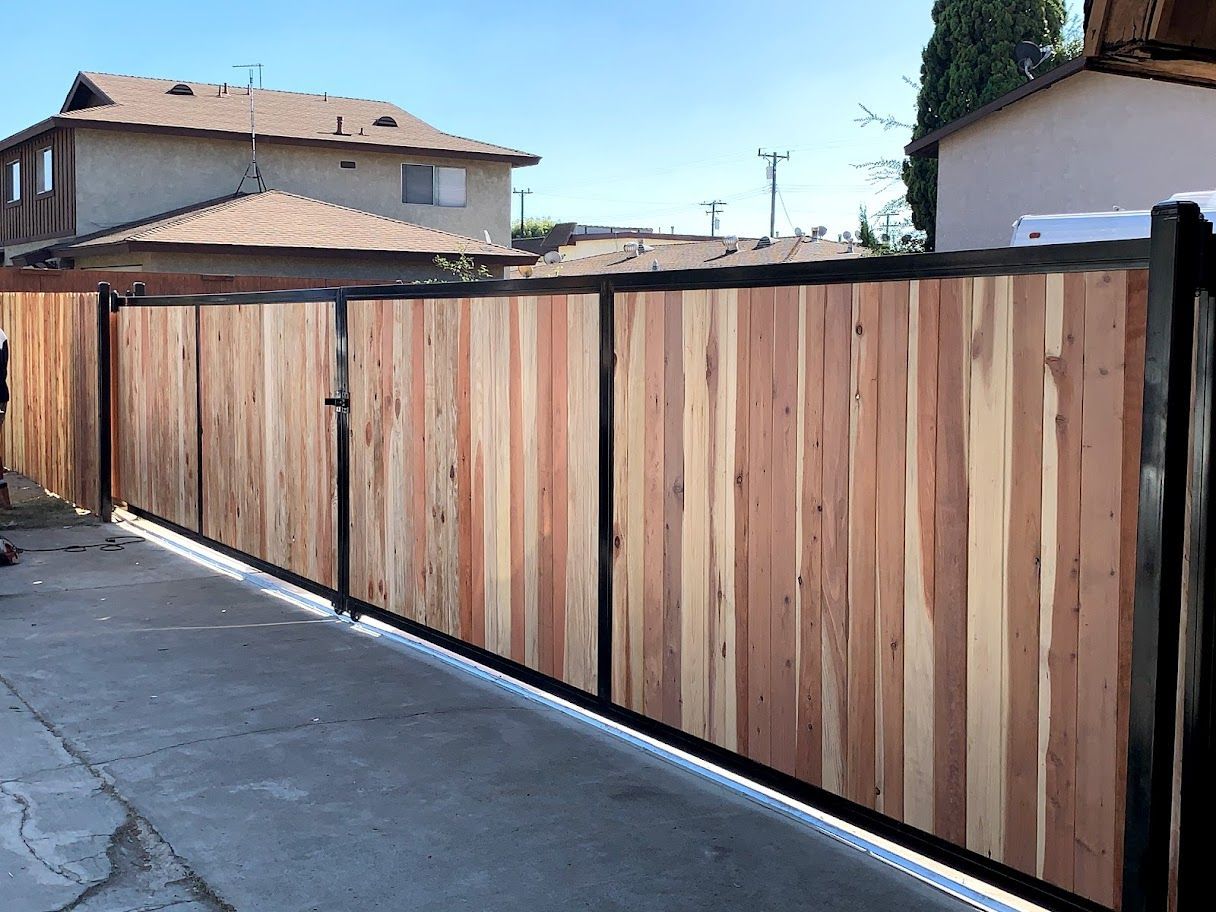All Categories
Featured

Fencings are an essential component of your residential or commercial property, offering privacy, safety and security, and visual value. However, they are regularly revealed to the aspects and can experience from weather-related damage in time. Whether it's strong winds, rainfall, snow, or intense heat, climate condition can gradually weaken your fencing, resulting in expensive repair work or substitute. The good news is, there are numerous actions you can take to shield your fencing from weather-related damages and extend its life-span. Here's just how you can safeguard your fence against the elements.
- Pick the Right Product. The sort of product your fencing is made from plays a significant role in exactly how well it will certainly withstand weather condition conditions. Some materials are normally a lot more resistant to damages than others. For instance:
Wood Fencings: While timeless and stunning, wood can be at risk to dampness, rot, and pests. Nonetheless, pressure-treated wood or cedar can use much better resistance to these problems. Plastic Fencings: Vinyl is extremely resistant to moisture, rot, and pests. It likewise stands well to extreme sunlight and hefty rain. Steel Fences: Wrought iron or light weight aluminum fences are durable and can hold up against a range of climate condition. They can, nonetheless, struggle with rust with time, particularly if not effectively coated. Compound Fences: Made from a blend of wood fibers and plastic, composite fences are extra immune to weather-related damages compared to typical wood fencings. Picking the appropriate material for your area's environment is the primary step in safeguarding your fencing from weather condition damage.
- Seal or Spot Wooden Fences. Wooden fences are especially at risk to harm from moisture, UV rays, and temperature level variations. Among one of the most effective means to shield your wood fencing is by using a safety sealer or stain. These items aid:
Avoid Water Damage: Sealers produce a water-resistant obstacle, preventing wetness from seeping into the timber and triggering mold and mildew, rot, or mold. Protect Against UV Damage: A good discolor or sealer will also obstruct unsafe UV rays from the sun, which can trigger timber to dry, crack, and blemish over time. Maintain the Fencing's Appearance: Routine discoloration aids keep the natural beauty of the wood and expands its life expectancy. It's recommended to reapply the stain or sealant every 1-- 2 years to keep your surround good condition.
- Mount a Barrier for Wind Security. Strong winds can create considerable damages to your fencing, especially if it is weak or tall. Wind can flex or break wood panels, loosen fence messages, and even trigger the whole fence to collapse. Installing a windbreak-- such as growing shrubs, hedges, or mounting a mesh obstacle-- can help shield your fencing from high winds.
In addition, you can enhance the blog posts with concrete or steel dental braces to give extra security and avoid leaning or shifting.
- Trim Overhanging Branches. Looming tree branches can position a serious risk to your fencing during tornados or high winds. Dropping branches can damage panels or damage the fencing blog posts, bring about expensive repairs. Routinely trim any kind of branches that hang over your fence, particularly if they remain in close closeness to it. Keeping the branches cut down reduces the threat of branches breaking short and creating damages to the fencing.
- Normal Evaluations and Upkeep. Executing normal upkeep and examinations is key to capturing possible problems before they rise. After a hefty tornado, examine your fencing for any type of signs of damages, such as loose panels, leaning articles, or broken areas. Taking treatment of little concerns prior to they end up being bigger ones can help prolong the life of your fence.
In addition, cleansing your fencing occasionally to remove particles, mold, or dirt can assist maintain its look and honesty. For wooden fences, delicately stress wash the surface to eliminate built-up gunk, and for plastic fencings, utilize a light detergent to cleanse any kind of discolorations.

- Make Sure Correct Water Drainage. Water damage is one of the most typical weather-related issues that affect fences. Poor drain can lead to standing water around your fencing articles, which can create the messages to rot or weaken over time.
- Apply a Protective Coating to Steel Fences. Steel fencings, such as those made from iron or steel, are highly sturdy but can be vulnerable to rust otherwise correctly kept. Using a protective layer or paint that is specifically developed for steel can help avoid corrosion and corrosion. Make sure to inspect the fencing occasionally for any signs of rust, and address it right away by fining sand and repainting the impacted locations.

Verdict. Your fence is an important financial investment, and safeguarding it from weather-related damage will certainly assist ensure that it continues to offer its objective for several years to find. By selecting the ideal materials, frequently preserving your fence, and taking steps to secure it from the elements, you can minimize weather-related damages and prolong its life-span. Whether you're dealing with solid winds, hefty rainfall, or the harsh sunlight, these simple steps can go a long way in protecting the problem and look of your fence, conserving you money and time over time.
Latest Posts
Learn How to Save Big on Car Maintenance with Montclare Auto Repair’s Exclusive Deals
Published May 26, 25
1 min read
Discover Why Chicago Drivers Select Montclare Auto Repair for Trusted Service and Big Savings
Published May 24, 25
1 min read
Unlock WyHy Federal Credit Union – Top Benefits for Your Financial Success
Published May 23, 25
1 min read
More
Latest Posts
Learn How to Save Big on Car Maintenance with Montclare Auto Repair’s Exclusive Deals
Published May 26, 25
1 min read
Discover Why Chicago Drivers Select Montclare Auto Repair for Trusted Service and Big Savings
Published May 24, 25
1 min read
Unlock WyHy Federal Credit Union – Top Benefits for Your Financial Success
Published May 23, 25
1 min read